6 Warning Signs and Symptoms of Heart Attack That You Should Never Ignore
Heart attacks, or myocardial infarctions, occur when the blood vessels supplying the heart muscle become blocked, which starts depriving the heart of the oxygen-rich blood that it needs to function properly. This blockage is often caused by a rupture of plaque and can obstruct blood flow. Once the blockage occurs, the heart muscle begins to deteriorate and can die if treatment isn't immediate.
Sadly, heart attacks claim the lives of both men and women across the globe, and Africa is no exception. With the rise of non-communicable diseases, cardiovascular disease has become one of the leading causes of death on the continent. Data reveals that cardiovascular diseases account for a significant portion of NCD-related deaths, and this alarming trend is prompting more people from African countries to look for advanced treatments abroad, particularly in India, where they can access specialised care and advanced medical facilities that may not be readily available at home, that too at lower costs.
But before getting treatment abroad, it's important to recognise the early signs of heart failure. Knowing these symptoms can save your life and prevent you from needing emergency intervention down the road. Continue reading to find out what are the five heart disease symptoms that you should never ignore.
What are the Causes of Heart Attacks?
Heart attacks are often caused by a blockage in the coronary arteries, which supply blood to the heart muscle. This blockage usually occurs when plaque—made up of cholesterol and other cells—builds up in the arteries. If the plaque ruptures, it can then trigger the formation of a blood clot, which can further hinder the flow of oxygen-rich blood to the heart. When this happens, the heart tissue is deprived of oxygen, which can lead to damage of the heart or even death of the heart muscle.
Heart disease remains one of the leading causes of death worldwide, and while the exact cause of a heart attack isn't always clear, there are several well-known risk factors. These risk factors and causes of heart attacks are known to increase the likelihood of experiencing a heart attack:
- When you’re asleep or resting in bed.
- After periods of intense physical or mental stress, such as during or following an illness.
- During cold weather, particularly if you are exercising.
- Right after a sudden increase in physical activity or exertion.
Are Heart Attack Symptoms Different for Men and Women?
The answer to your question, ‘Are heart attack symptoms different for men and women?’ is yes. Heart attack symptoms can be different for men and women. While chest pain is the most common sign of a heart attack in men, women are more likely to have a heart attack without the typical chest discomfort. Instead, women usually experience other symptoms that should not be ignored, such as shortness of breath, sweating, fatigue, and dizziness. These signs can sometimes be more subtle, which is why it’s important to be aware of the different ways a heart attack can manifest and reach out to your doctor immediately if you experience any.
What are the Signs and Symptoms of a Heart Attack?
Men and women may experience similar symptoms during a heart attack, but there are some variations. Common symptoms of a heart attack include:
■ Chest pain & discomfort
Chest pain is the most widely recognised symptom of a heart attack for both men and women. Chest pain in humans often feels like pressure, squeezing, fullness, or pain in the centre, which may last for a few minutes or come and go. But sometimes, a heart attack can occur without showing any chest pain or discomfort.
■ Pain radiating to other areas
Discomfort in the chest sometimes radiates and spreads to the jaw, back, shoulders, arms, or neck. Some people may feel pain in these areas without experiencing chest pain, which can sometimes be mistaken for indigestion or other conditions.
■ Shortness of breath
Many people experience difficulty breathing or feel winded, even without exertion. This can be a sign of a heart attack but not necessarily unless you are also experiencing other symptoms of a heart attack.
■ Fatigue or weakness
Unexplained fatigue or feeling unusually weak, especially in the days or weeks leading up to the heart attack, is a common symptom.
■ Sweating and dizziness
Excessive sweating, often with a cold and clammy feeling, and feelings of dizziness and lightheadedness can be signs of a heart attack.
■ Nausea or vomiting
Some cardiac patients, particularly women, often also experience nausea and vomiting along with the other symptoms.
What to Do in Case of a Heart Attack?
If you or someone else is experiencing chest pain or any other signs of a heart attack, don’t hesitate to call emergency services immediately. In some areas, a specific emergency number may be required, so make sure that you know the correct one for your location. While it may be tempting to drive the person to the hospital yourself, it's far safer to call an ambulance. Emergency medical teams can begin treatment on the way to the hospital, and they are trained to resuscitate someone whose heart has stopped.
If you're unable to reach emergency medical services, take the person to the hospital as quickly as possible. However, if you are the one experiencing symptoms of a heart attack, do not attempt to drive yourself to the hospital unless absolutely necessary. Many people delay medical help because they’re unsure if they’re having a heart attack, but quick action can help save the lives of you and your loved ones. Remember, the sooner you get help, the better the chances of your recovery will be. It’s important not to worry about inconveniencing others—getting help immediately can save a life.
What is a Differential Diagnosis for Myocardial Infarction or Hewart Attacks?
The signs and symptoms of a heart attack can vary greatly from person to person. While some patients can experience clear and unmistakable signs, others may have subtle symptoms or none at all until the heart attack progresses to cardiac arrest. For some, the discomfort might feel like mild heartburn, while others might not experience any chest pain at all.
Because the symptoms of a heart attack can mimic those of other conditions, it’s not uncommon for it to be misdiagnosed. Heart attacks can sometimes be mistaken for more common or rare conditions with similar symptoms, which is why proper diagnosis for a heart attack by a cardiac specialist is important. To distinguish a heart attack from other diseases, doctors will conduct a series of tests. The process of differential diagnosis helps identify what else could be causing the symptoms and make sure that you are receiving the right treatment.
What Diagnostic Test Confirms a Heart Attack?
It is common practice for patients to have their symptoms and medical history discussed upon arrival at the hospital. The following tests will be performed to determine whether you are suffering from a heart attack or other heart problems:
- Electrocardiogram (ECG/ EKG test): An EKG test records your heart’s electrical impulses. This helps doctors identify irregularities that may indicate an impending heart attack or reveal signs of a previous one.
- Blood Tests: Blood tests can detect the level of certain proteins and enzymes that are released into the bloodstream when the heart is injured. This can help detect a heart attack.
- Imaging Tests: If you’ve had a heart attack, your doctor might also request additional imaging tests to record and monitor the damage and help in your recovery. These may include a CT scan, MRI, or echocardiogram, which provides detailed images of your heart's structure and function.
These tests work together to confirm a heart attack and help doctors in helping you provide the most appropriate treatment for your recovery from a heart attack.
How to Prevent Heart Attacks from Happening?
You can prevent heart attacks from happening to some extent by making lifestyle changes and managing your risk factors, such as high cholesterol, high blood pressure, and diabetes. Here are some ways on how to prevent heart attacks from happening:
■ Staying Active
Regular physical activity keeps your heart healthy. Aim for at least 1 hour of moderate-intensity exercise most days of the week to maintain a healthy weight and improve your heart function.
■ Eating a Heart-Healthy Diet
A well-balanced diet plays a big role in maintaining your heart health. Focus on eating plenty of fruits and vegetables, whole grains, and lean proteins like fish or poultry. Limit your intake of sugar, unhealthy fats, and processed foods. Limiting alcohol consumption is also important.
■ Strictly Avoiding Tobacco
Smoking—whether through cigarettes, pipes, cigars, or chewable tobacco can greatly increase the risk of heart problems. Even exposure to second-hand smoke is harmful. The good news, though, is that if you quit smoking from today, then after one year, your risk of heart attack can be cut in half.
What are the Common Heart attack treatments?
A heart attack treatment will depend on the severity of the situation and the specific needs of the patient. For someone experiencing an acute attack or chest discomfort, doctors will often prescribe medications like nitroglycerin and aspirin, but be sure to only use them with a doctor’s prescription:
- Nitroglycerin: Nitroglycerin helps to increase blood flow to the heart by expanding the arteries, which can temporarily relieve symptoms of a heart attack.
- Aspirin: Aspirin is commonly given to reduce blood clotting and to prevent further blockage in the arteries.
Early treatment is how you can reduce the heart muscle damage, and starting your treatment can cause a big difference in your recovery. In case of a severe heart attack, though, medications might not be that much help, and the patients may have to undergo procedures like:
- Angioplasty: In an angioplasty procedure, a stent which is a small mesh tube, is inserted into a blocked artery to help keep it open and restore blood flow to the heart.
- Coronary Artery Bypass Graft Surgery: In more severe cases, CABG surgery might be necessary to bypass blocked arteries and restore proper blood circulation to the heart muscle.
How to Identify Cardiac Arrest vs Heart Attack?
A heart attack and cardiac arrest are often confused to be the same, but they are two completely different conditions. Here’s how they are different from one another:
- Heart Attack: A heart attack occurs when there is a blockage in the coronary artery that cuts off blood supply to part of the heart muscle, causing damage. During a heart attack, the person remains conscious and may still be breathing normally, though they might experience chest pain, shortness of breath, and other symptoms.
- Cardiac Arrest: Cardiac arrest happens when the heart stops pumping blood effectively, typically due to an arrhythmia, which is an abnormal heart rhythm. When this happens, this causes some interference in a person’s natural breathing and leads to them losing consciousness. Immediate medical attention is important for restoring heart function.
In some cases, a heart attack can lead to sudden cardiac arrest. This happens if the heart attack triggers an arrhythmia, causing the heart to stop beating. It is important to understand that though conditions are different, but both heart attacks and cardiac arrests are life-threatening conditions that need urgent medical intervention.
How Long Does it Take to Feel Back to Normal After a Heart Attack?
After a heart attack, you might be eager to return to your normal routine as soon as possible. However, it is firstly important to remember that recovery takes time and is a bridge that must be stepped on carefully. Your daily activities—such as work, leisure, and sexual activity need to be considered in your heart’s healing process.
While the urge to get back to normal may be strong, give your heart the time to recover. How and when you can resume activities will depend on your doctor’s guidance. Consult with your doctor before engaging in any physical activity.
A cardiac rehabilitation program can be an important part of your recovery. These programs help monitor your heart rate, blood pressure, and fitness as you gradually return to exercise, making sure that your heart is healing properly without the risk of complications.
Why Choose India for Heart Surgery?
Oftentimes, African patients hesitate to get emergency cardiac care because of uncertainty or embarrassment about vague symptoms. However, it’s important to remember that emergency responders would much rather be called in error than risk delaying treatment for someone suffering from a heart attack. Your health is your priority, so make sure to go for your regular checks for vital signs such as cholesterol and blood pressure.
If you experience any symptoms of a heart attack, don’t wait—contact a doctor immediately. Early intervention can make all the difference and help save lives.
For many patients in Africa, getting proper heart care in India has become the best and most viable option. With world-class medical facilities, highly skilled cardiologists, and advanced technology, India offers advanced cardiac treatments at a fraction of the cost compared to many countries.
If you're looking for high-quality and quick cardiac treatments at affordable prices, India is quickly becoming the best and most preferred country for medical tourism, with high success rates and swift recovery.







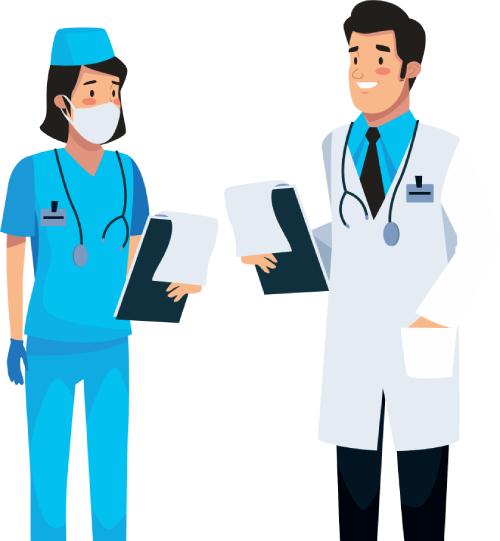

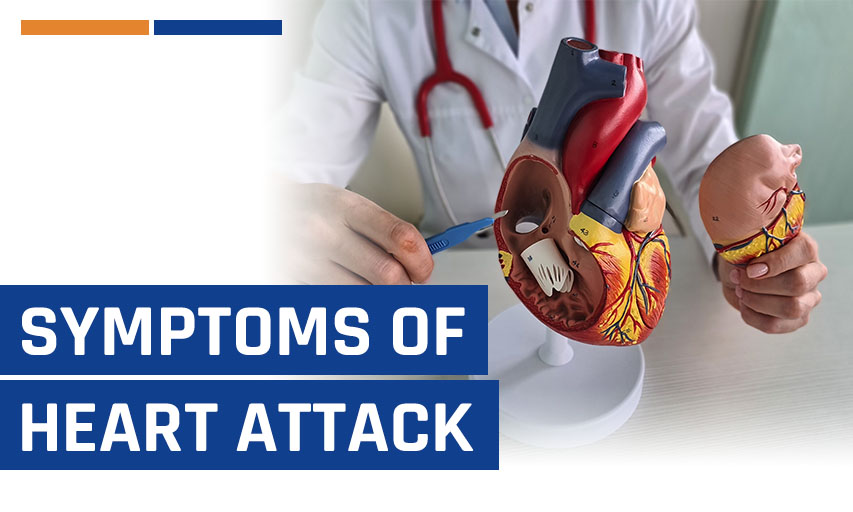



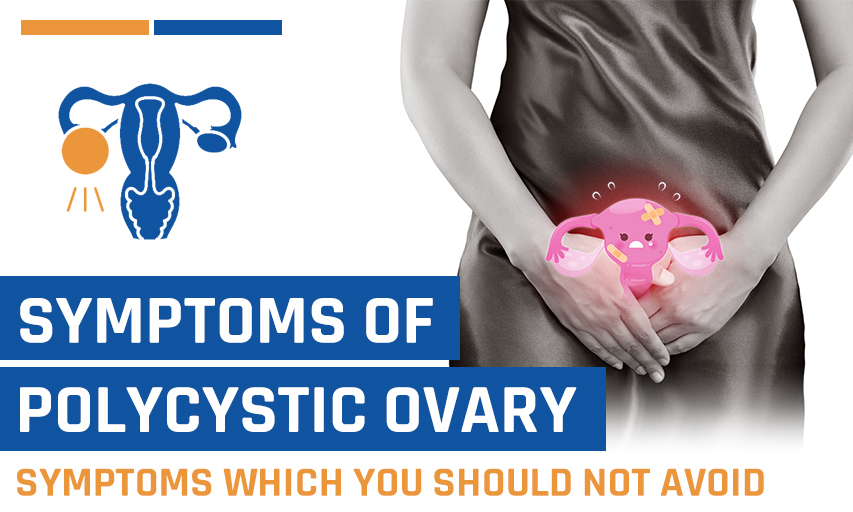
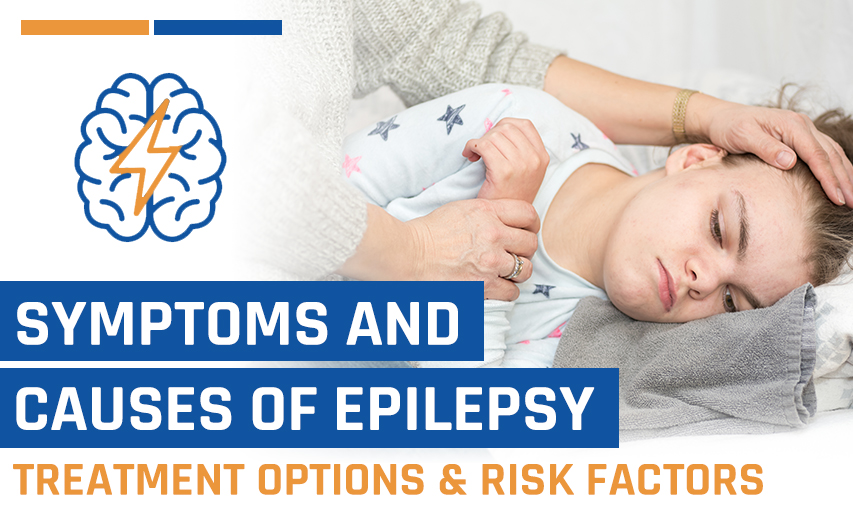
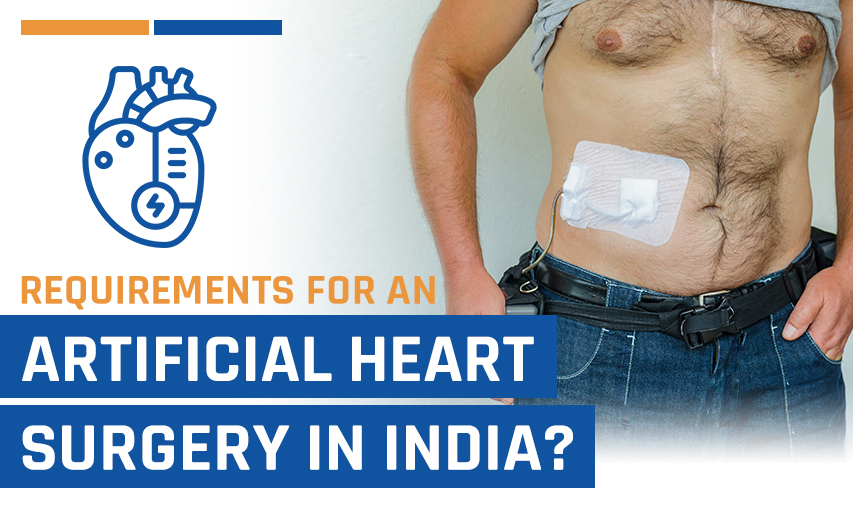
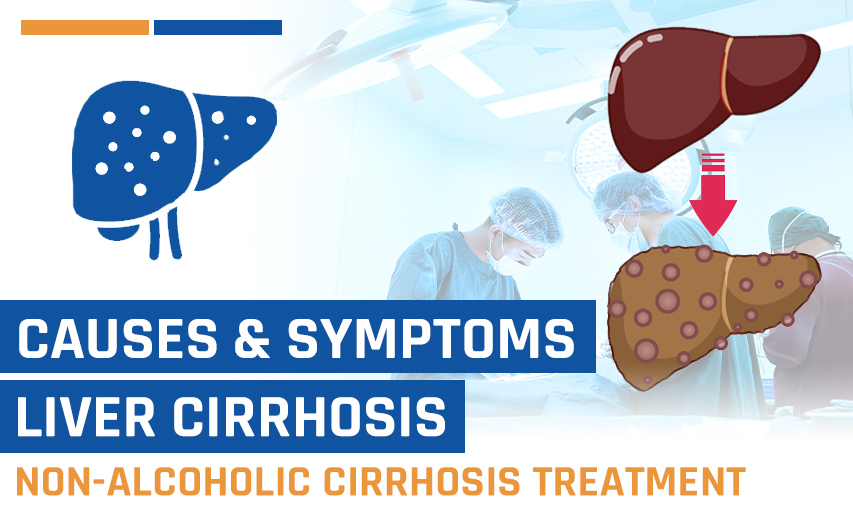
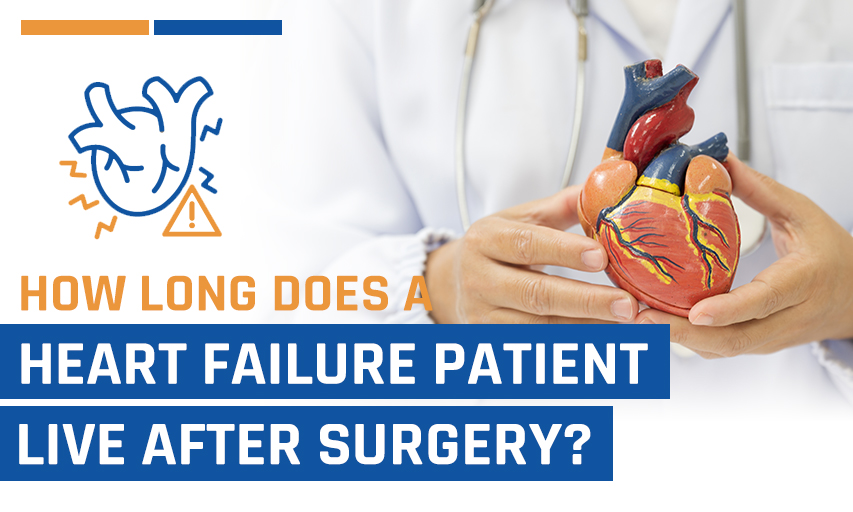


Be First To Comment
Leave a Comment